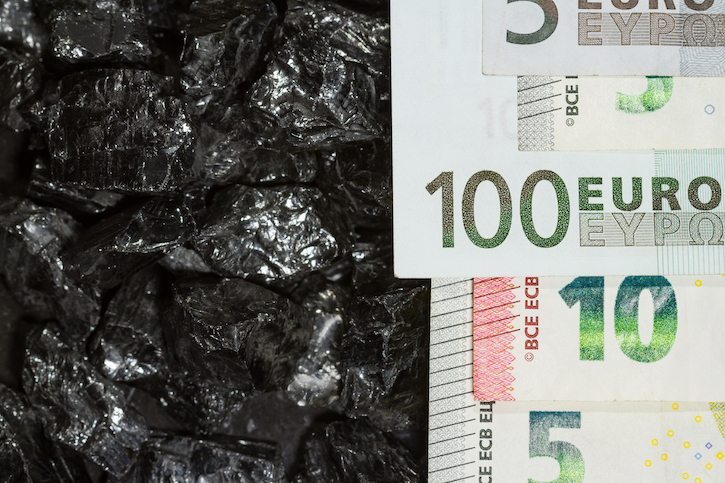
At China’s annual economic work conference last month, President Xi reiterated China’s commitment to being a world leader in green finance. Finding ways to use market mechanisms to help pay for the country’s ambitious program on environmental protection is essential to its success. To this end, nine Chinese ministries issued The Action Plan on Building A Market-oriented and Diversified Ecological Protection Compensation Mechanism (the Plan), as a road map for its intentions at the end of December. The Plan outlines how China aims to build out its green finance infrastructure in support of sustainable development.
Building on China’s already ambitious plans, the nine ministries, including the People’s Bank of China, the National Development and Reform Commission, and the Ministry of Ecology and Environment have come together to promote broader adoption across communities in China and to illustrate China’s commitment to tackle its environmental and ecological challenges.
There are three main goals to the Plan:
- Carbon: China will introduce a carbon offset mechanism as a means to promote voluntary compliance with carbon reduction goals for industries not covered in the existing carbon exchanges. This innovative structure will allow companies to volunteer to reduce their carbon emissions and trade their “savings” to those companies not able to meet their own carbon reduction targets. One industry to watch is the forestry industry as forest carbon sequestration is specifically highlighted in the Plan. The intent is to bring additional companies within the carbon reduction scheme, and use the power of the market to create a private sector trading structure to encourage reduced emissions.
- Green Finance: China is broadening its green finance infrastructure with the creation of additional green finance pilot zones, launch of green credit service system for green enterprises with project financing needs, and the expansion of the right to issue green bonds to non-financial institutions. This expansion of green bonds issuance should solidify China’s position as the world leader this year. Last, but definitely not least, the central government in encouraging the establishment of green funds, especially in the provinces. As of January, over 500 green funds have been launched in China, with the U.S.-China Green Fund – a Paulson Institute initiative – being one of the first and only to be established on a nationwide basis.
- Internationalization: China is taking its green finance international. It plans to expand its green bond program beyond its partnerships with the United Kingdom, Hong Kong and others to trade on other international markets. And officials are now actively advising other countries, including in the Middle East on the establishment of their own carbon markets with the intent of allowing them to trade on China’s international market – when it is actually truly functioning as a market.
Even as China’s economy show signs of slowing down, it is reemphasizing the importance of environmentally sound growth. If China can harness the right combination of good public policy, innovative market measures, and strong enforcement then its plan for green development could actually act as a contributor—and not a drag—on the economy. Certainly, this new green finance action plan is a step in the right direction.




